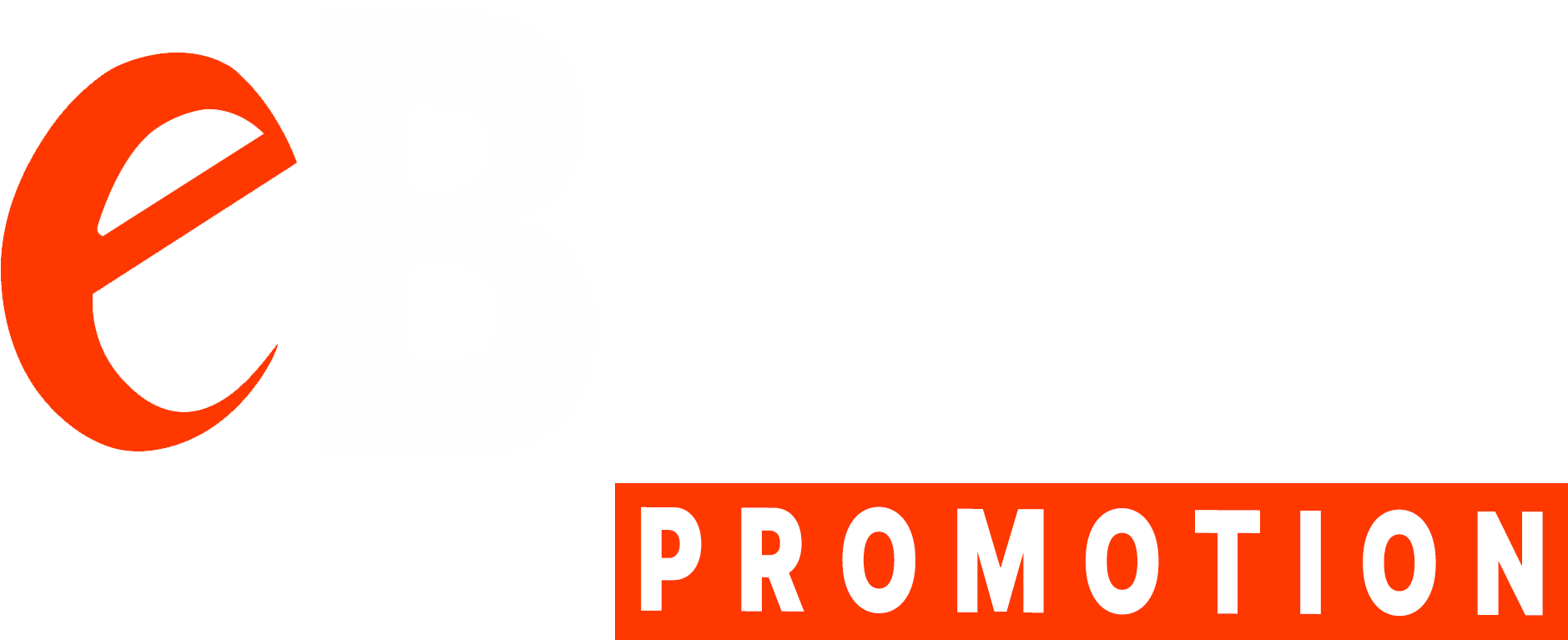Today’s CEOs and high-level decision makers face a clear fork in the road: ignore Francophone Africa’s digital boom or seize a major growth opportunity.
Multilingual website versions unlock direct access to over 300 million French speakers across West and Central Africa.
By presenting your value proposition in French, you cut language barriers and earn instant credibility.
Moreover, properly localized sites deliver content that resonates with local customs, driving deeper engagement.
Strong engagement translates into higher conversion rates on product pages. Finally, more conversions mean stronger revenue streams from these emerging markets.
Investing in multilingual web design today positions your company for sustained growth and cements your brand as the partner of choice in Francophone Africa.
Market Potential in Francophone Africa
Francophone Africa counts over 300 million French speakers across 29 countries, creating a single language market with shared consumer preferences and cultural touchpoints.
CEOs can leverage this unity by speaking directly—in French—to a vast audience hungry for products and services that acknowledge their identity.
Moreover, these economies grow fast.
Senegal’s GDP rose by 6.9 % in 2024, Ivory Coast expanded by 6.5 %, and Cameroon achieved 3.5 % growth—all outpacing the global average —metrics that translate into higher consumer purchasing power and rising import demand.
Furthermore, internet adoption fuels e‑commerce.
At the start of 2025, 60.6 % of Senegalese used the internet; Ivory Coast reached 58.5 % in 2024; and Cameroon hit 41.9 % in early 2025.
These connectivity rates climbed by 2–3 % year‑on‑year, unlocking online shopping, mobile payments, and digital marketing channels.
| Country | Internet Penetration | GDP Growth (2024) | Import Demand Growth |
|---|---|---|---|
| Senegal | 60.6 % | 6.9 % | 7 % |
| Ivory Coast | 58.5 % | 6.5 % | 6 % |
| Cameroon | 41.9 % | 3.5 % | 5 % |
These figures translate into concrete opportunities:
-
Senegal: Rapid urbanization in Dakar and secondary cities lifts demand for consumer goods, electronics and packaged foods.
-
Ivory Coast: A booming middle class in Abidjan fuels e‑commerce platforms like Jumia and Afrimarket, with online retail sales projected to double by 2025.
-
Cameroon: Improved power supply and infrastructure investments in Douala and Yaoundé support growth in B2B services and high‑value exports.
Act now. Tailor your website to French speakers. Capture market share before competitors localize. With the right strategy, you can turn these growth metrics into new revenue streams.
Build Trust with Local Audiences
Trust drives purchasing decisions. Multilingual website versions show respect for local culture. They signal commitment.
1. Use French UI Elements
-
Label buttons, menus and calls to action in French.
-
Translate form fields and error messages.
-
Keep terminology consistent across pages.
2. Offer French‑Language Support
-
Provide live chat and email support in French.
-
Display support hours in local time.
-
Feature a French‑speaking contact agent with photo and name.
3. Showcase Local Testimonials
-
Highlight case studies featuring Francophone clients.
-
Use video or text quotes in French.
-
Include client logos from regional companies.
4. Display Regional Trust Seals
-
Add certifications from local chambers of commerce.
-
Show payment badges for popular regional gateways (e.g., Orange Money, MTN Mobile Money).
-
List data‑protection compliance statements for African regulators.
| Tactic | Implementation Detail | Impact |
|---|---|---|
| French UI Elements | Translate buttons, menus, forms | Reduces friction; improves clarity |
| Local Support | Live chat, French‑language agents | Increases confidence; speeds issue resolution |
| Local Testimonials | French quotes, Francophone logos | Validates credibility; boosts social proof |
| Regional Trust Seals | African certifications, payment badges | Reinforces security; eases payment anxiety |
By speaking their language, you build credibility. By proving your presence, you drive conversions. These steps forge lasting trust with Francophone audiences.
Technical Setup for Multilingual Website Versions
Firstly, choose the right platform. Many CMS platforms support multilingual features. For example, WordPress offers plugins like WPML.
Secondly, configure URL structures. Use subdirectories (/fr/) or subdomains (fr.example.com).
Finally, set up hreflang tags. They tell search engines which language and region you target.
Content Localization Strategies
Furthermore, translate more than words. Adjust images and offers. Use local currencies. Update shipping info. Also, hire native French editors. They ensure idioms sound natural.
| Step | Action | Owner |
|---|---|---|
| Translation | Translate page copy into French | Localization Team |
| Cultural Review | Check images and cultural elements | Marketing |
| Pricing Adjustment | Show local currency and duties | Finance |
| QA Testing | Test functionality in French version | QA Team |
Web Design Best Practices
Good web design drives user satisfaction and conversions. With a multilingual website you must nail both form and function.
-
Prioritize Responsive Design
-
Ensure layouts adapt to all screen sizes.
-
Test on Android and iOS devices.
-
Use CSS media queries to adjust font sizes and images.
-
-
Clear, French‑Language Navigation
-
Label menus in French: “Accueil,” “Produits,” “Contact.”
-
Group links logically under clear headings.
-
Include breadcrumbs to guide users.
-
-
Prominent Language Switcher
-
Place the switcher in the top‑right header.
-
Use a French flag icon or “FR” label.
-
Remember to keep it visible on mobile view.
-
-
Mobile Optimization
-
Design touch‑friendly buttons at least 44 px high.
-
Minimize page weight for faster mobile loading.
-
Defer non‑critical scripts to speed up rendering.
-
-
Font and Typography
-
Choose web‑safe fonts that support accents (e.g., Roboto, Open Sans).
-
Set a base font size of 16 px for readability.
-
Use consistent line heights (1.5–1.75) for text blocks.
-
| Focus Area | Best Practice | Result |
|---|---|---|
| Responsive Design | CSS media queries; device testing | Seamless browsing on all devices |
| Navigation | French labels; logical grouping | Faster task completion |
| Language Switcher | Header placement; clear icons | Easy language selection |
| Mobile Optimization | Touch targets; script defer; image compression | Improved load speed |
| Typography | Accent‑capable fonts; consistent sizing | Enhanced readability |
Follow these guidelines. Deliver a flawless UX in French. Capture and convert Francophone users.
SEO Strategies for Multilingual Sites
First, create a separate SEO plan for each language version. Treat French pages as distinct assets.
-
Conduct French Keyword Research
-
Use Google Keyword Planner, AnswerThePublic, or SEMrush.
-
Identify high‑volume French search terms like « site web multilingue », « conception web Afrique », « e‑commerce francophone ».
-
Group keywords by intent: informational, navigational, transactional.
-
-
Optimize On‑Page Elements
-
Embed primary keywords in page titles, meta descriptions, H1 tags, and URLs (e.g.,
/fr/produits). -
Write concise, compelling meta descriptions in French.
-
Use localized alt text on images (e.g., “interface web multilingue”).
-
-
Structure URLs & Hreflang Tags
-
Choose subdirectories (
/fr/) or subdomains (fr.example.com). -
Add hreflang tags to your
<head>section. -
Confirm Google indexes each version correctly.
-
-
Build French‑Language Backlinks
-
Publish guest posts on reputable Francophone blogs and media outlets.
-
Partner with local industry associations for links.
-
List your site in French‑language directories and trade portals.
-
-
Maintain a Multilingual Sitemap
-
Include all localized URLs in a single XML sitemap.
-
Submit your sitemap to Google Search Console and Bing Webmaster Tools.
-
Update the sitemap each time you add or remove pages.
-
| Strategy | Action Item | Benefit |
|---|---|---|
| French Keyword Research | Identify and group target terms | Aligns content with local search demand |
| On‑Page Optimization | Optimize titles, headings, meta tags, URLs | Increases click‑through and relevance |
| URL Structure & Hreflang | Implement subdirectories and hreflang tags | Prevents duplicate content; guides crawlers |
| Local Backlink Building | Secure links from Francophone sites | Boosts domain authority and rankings |
| Multilingual Sitemap Updating | Keep XML sitemap current with all language URLs | Ensures full indexation by search engines |
By following these steps, you ensure each language version ranks well. You capture French‑speaking prospects.
You drive targeted traffic and sales through smart web design and SEO.
Summary of Key Actions
| Action | Benefit |
|---|---|
Deploy /fr/ URLs |
Clear site structure |
| Add hreflang tags | Prevent duplicate-content issues |
| Perform French keyword research | Capture local search demand |
| Customize UX for French users | Increase engagement |
| Localize support materials | Build credibility |
Conclusion
Multilingual website versions unlock access to a lucrative market. They build trust. They boost traffic. They raise sales. Action yields growth.
Ready to expand into Francophone Africa? Request a tailored plan today. Visit our Request for Proposal page and let’s build your French-language site together: Get Your Custom Proposal.


